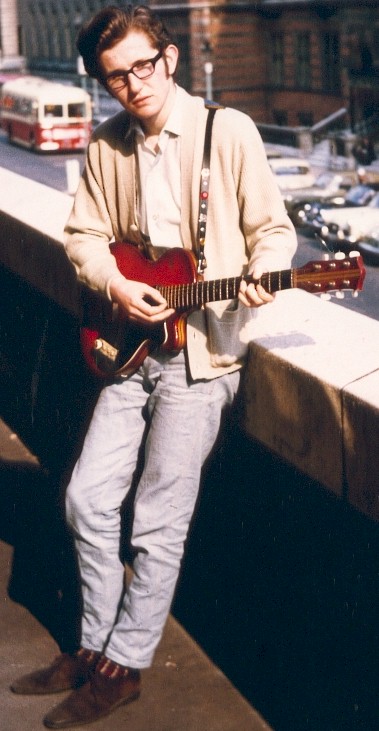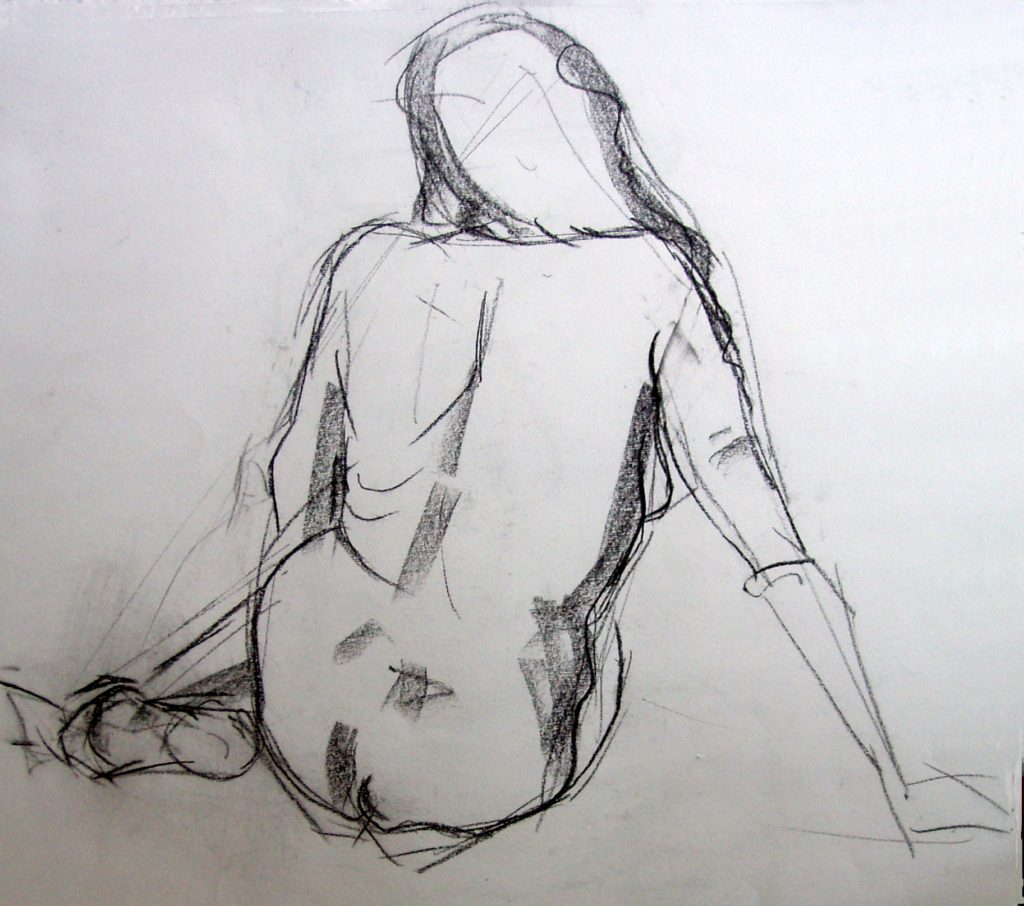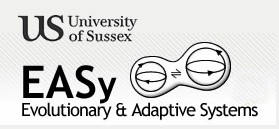The big problem is that I can’t decide what I want to do when I grow up which I think my sons and grandchildren will confirm. I’ve been torn between on the one hand my main interest in sciencey things in general – physics and maths in particular , and subsequently computing – and on the other hand music ,and to a lesser extent art.

So I left Tyneside in 1963 , heading for London – Physics at Imperial College in South Kensington , which was then a college of London University but was subsequently granted its own charter. In 1964 I started programming on the department’s computer as part of the degree (simulation of an electromagnetic lens if you must know) and that was the start of my downward path to being a lifelong professional programmer – I use the term ‘professional’ in a rather creative way.
During my I.C. years as I flitted between South Kensington and Tyneside I was switching from from stuff like Shadows covers to this new fangled folk music , long nights in student digs playing Bob Dylan on both the Garrard turntable and an old Spanish guitar (which I still have – in bits) and thence to listening to strange English and Irish and Scots singers who didn’t sing with American accents – very weird.
Imperial was next door to the Royal College of Art and during this time I made use of a kind of exchange where artists could come over to I.C. to do a bit of science and in turn some of us could go over once a week to the R.C.A and get tutored life drawing classes.
After I.C. , my skirmish with programming there led me into my working life in programming during which I developed an amateur interest in machine intelligence.
So when I retired I took a Masters degree : EASy ( Evolutionary and Adaptive Systems ) which in the university’s words is concerned with the interfaces between the biological and computational sciences, particularly with reference to furthering the understanding of brains and minds . My particular interest was (and still is ) in artificial neural networks and genetic algorithms. But more of this on subsequent pages.



